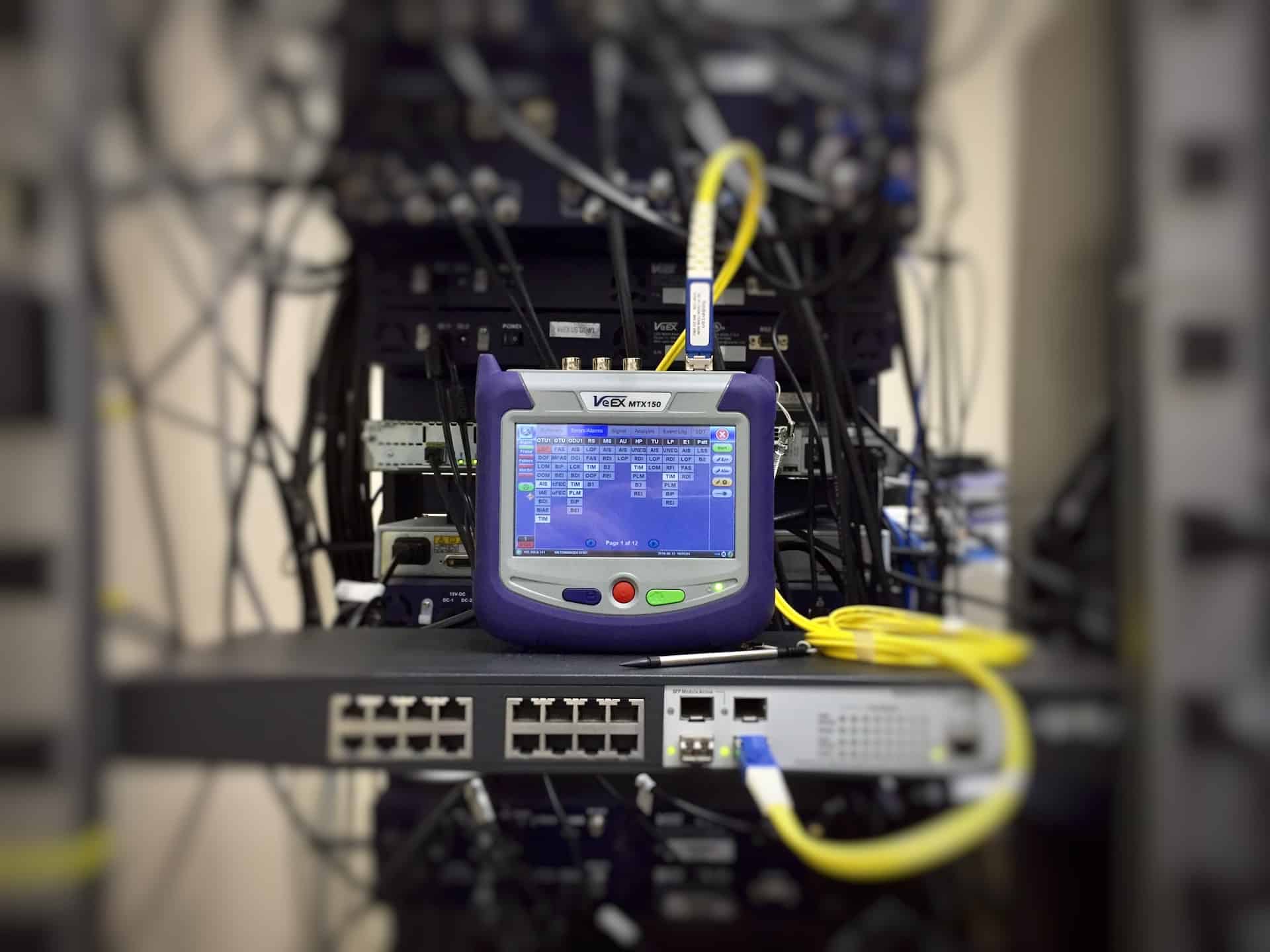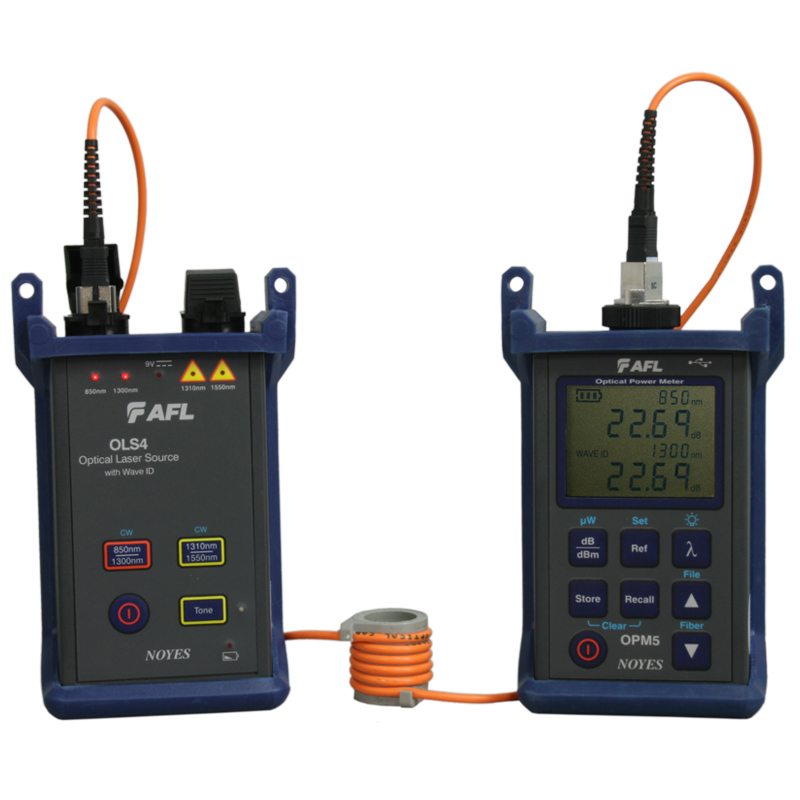High-performance fibre testing equipment delivers accurate material quality assessment.
High-performance fibre testing equipment delivers accurate material quality assessment.
Blog Article
Discover the Relevance of Optical Fiber Screening in Modern Telecom
In the world of modern-day telecoms, the importance of optical fiber screening can not be overemphasized, as it offers as the foundation for guaranteeing network dependability and performance. What are the particular advantages that routine testing offers, and exactly how might it form the future landscape of telecommunications?

Recognizing Optical Fiber Screening
Optical fiber testing is an important procedure in telecommunications that ensures the honesty and performance of fiber optic networks. This screening encompasses a variety of procedures designed to evaluate the physical and functional qualities of optical fibres - optical fibre diameter analyser. Secret parameters evaluated include optical power loss, data transfer capacity, and mistake area, which are crucial for keeping top quality interaction web links
The testing procedure typically involves making use of customized devices such as Optical Time-Domain Reflectometers (OTDR) and Optical Power Meters. OTDRs are employed to recognize and define mistakes, interlaces, and ports within the fiber, while power meters determine the transmitted light signal strength to establish effectiveness.
Additionally, testing is carried out at various phases, consisting of during installation, maintenance, and troubleshooting, to make certain that the network fulfills industry standards and operational demands. Compliance with standards set by organizations like the International Telecommunication Union (ITU) and the Telecoms Industry Association (TIA) is extremely important.
Benefits of Normal Examining
Regular testing of optical fibres returns many benefits that substantially boost network dependability and performance. Among the main benefits is the early detection of prospective issues, such as breaks or deterioration in the fiber, which can result in costly downtime if left unaddressed (optical fibre diameter analyser). By identifying these issues proactively, telecommunications service providers can decrease service disturbances and make sure regular connectivity for their consumers
In addition, regular screening helps to preserve the honesty of signal top quality. As optical fibres age, their performance can be affected by aspects such as ecological conditions and physical stress. Routine analyses enable for the tracking of signal loss and overall transmission efficacy, making sure that the network runs at optimal degrees.
Another considerable benefit is conformity with industry standards. Normal testing supports adherence to governing needs, consequently mitigating lawful and monetary threats linked with non-compliance. It boosts the total life-span of the fiber framework by promoting prompt maintenance and repair services.

Common Evaluating Methods
Examining optical fibers employs numerous methods to make sure the stability and efficiency of telecommunications networks. Amongst one of the most common strategies is Optical Time Domain Name Reflectometry (OTDR), which analyzes the entire size of the fiber by sending out a pulse of light and measuring the reflections created by flaws or breaks. This method provides in-depth info about the area and extent of mistakes.
Another prevalent approach is making use of Optical Power Meters, which gauge the quantity of light sent with the fiber. This strategy helps establish the loss of signal toughness, making certain that it have a peek here meets industry requirements. Additionally, Visual Fault Locators (VFL) are used to identify breaks or extreme bends in the fiber by forecasting a noticeable laser light into the wire.
Insertion loss testing is additionally critical, as it evaluates the loss of signal power resulting from connections and mates within the network. The usage of Polarization Setting Diffusion (PMD) screening evaluates the effect of fiber characteristics on signal stability.
Each of these techniques plays a crucial function in maintaining the performance and reliability of optical fiber networks, eventually contributing to smooth telecoms operations.
Effect On Network Efficiency
The honesty and performance of optical fibre networks directly affect overall network efficiency. In contemporary telecommunications, the efficiency of data transmission counts heavily on the quality of the optical fibres made use of. Any kind of degradation in the fiber's problem-- whether as a result of physical damages, contamination, or extreme flexing-- can cause raised depletion and signal loss, dramatically influencing data integrity and speed.
Regular optical fibre screening is vital to recognize and correct prospective concerns prior to they manifest as network failings or downturns. Techniques such as Optical Time Domain Reflectometry (OTDR) and insertion loss screening enable technicians to measure the efficiency of fiber links precisely. These tests not just review the physical problem of the fibres but likewise make sure conformity with sector criteria, thereby safeguarding the network's dependability.
Additionally, a well-kept optical fiber network adds to decreased functional costs and improved client fulfillment, as end-users experience less disruptions and higher information rates. Eventually, the focus on strenuous optical fibre screening methods functions as a cornerstone for more info here sustaining durable telecoms framework, making sure that service companies can fulfill the growing needs for transmission capacity and connection in today's electronic age.
Future Fads in Testing
As we look in advance, improvements in technology are poised to improve optical fiber screening in telecommunications. The surge of automation and expert system (AI) is expected to boost the efficiency and accuracy of testing procedures. Automated testing systems can conduct detailed assessments with very little human treatment, dramatically lowering the possibility for errors and accelerating time-to-deployment.
Additionally, the integration of maker discovering algorithms will make it possible for anticipating maintenance, permitting network carriers to predict possible problems prior to they escalate right into failings. This proactive method not only boosts network integrity yet also maximizes operational prices.
Another emerging trend is the growth of portable testing tools that use real-time evaluation - fibre testing equipment. These tools will certainly equip service technicians to perform on-site diagnostics rapidly, promoting quicker resolutions and improving service quality
The development of 5G networks further necessitates the advancement of testing methods. As data transfer demands increase, traditional screening methods might no more are enough. Innovative remedies such as optical time-domain reflectometry (OTDR) and advanced spectral analysis will click this become vital in making sure the integrity and efficiency of high-speed connections.

Conclusion
Finally, optical fibre testing is vital for making certain the honesty and dependability of modern-day telecoms networks. Normal screening methods not only help recognize prospective issues such as signal loss and faults however likewise add to boosted network performance and customer contentment. As the demand for seamless connection remains to expand, the fostering of innovative testing methods will certainly play an important duty in maintaining premium network standards and supporting the advancing landscape of telecoms.
Report this page